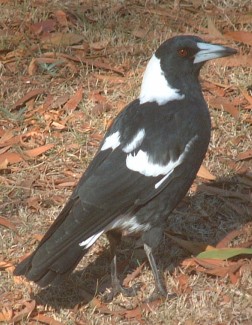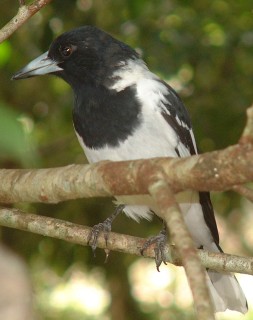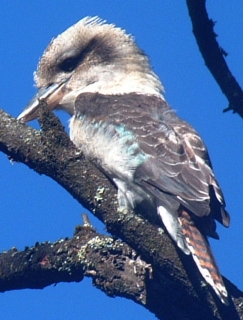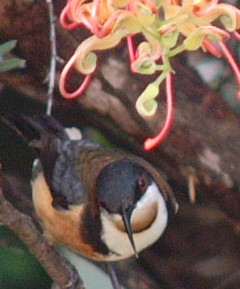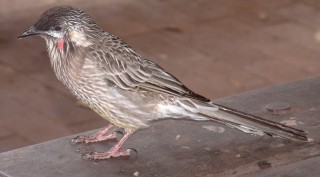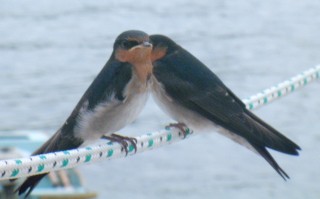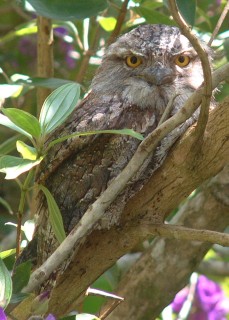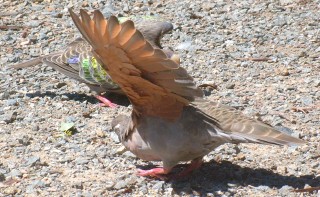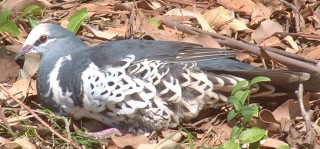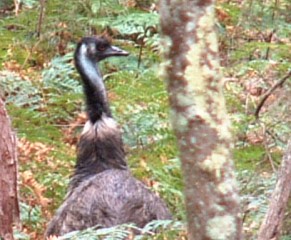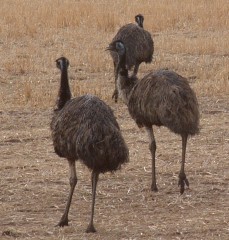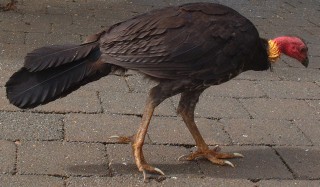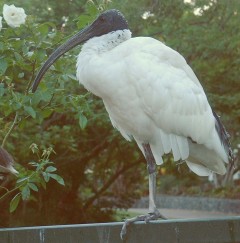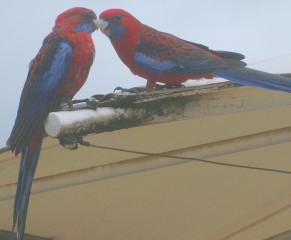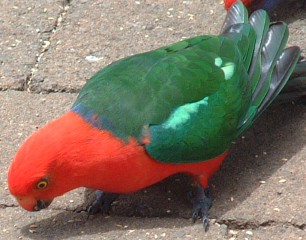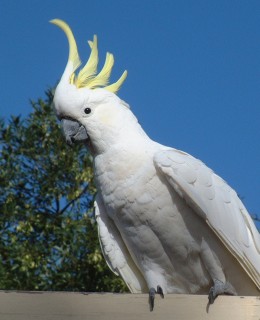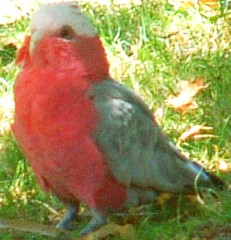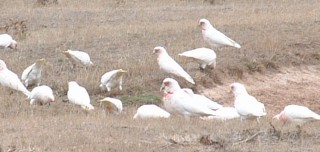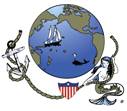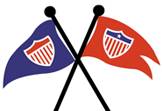This section showcases some of the more commonly found land Birds of Australia. For water-birds, including Shore and Seabirds of Australia, check out our Australia Birds 2 page.
Australia is a birder's paradise, and to learn about the more than 750 species on this continent and all their habits and habitats would take a lifetime (or 2!). We did get to several different eco-regions in Australia and got many good bird photos. Too many, in fact, to fit on one web page. So I've rather arbitrarily divided Australian birds into Water Birds (including sea, shore and fresh-water habitat birds) and this page of somewhat miscellaneous Birds. Photos, large and small, are copyright HackingFamily.com, credits Sue Hacking, unless otherwise noted.
For identification we use the
Birds of Australia (Princeton Field Guides)
by Ken Simpson and Nicolas Day, but there are actually lots of good
Australian bird books
available.
Over the months in Australia we have seen and identified hundreds of species. Not all were seen on our 9-month stay in 2006 aboard Ocelot. Others were seen on our driving trip from Canberra to Daintree National Park, Queensland, in the winter of 2000 (but those photos are not included here). If you have a special interest in the continent's parrots, see below.
| Where to find birds in Australia. Just look around. And listen. They are everywhere, and their morning song is some of the best birdsong in the world as the Magpies and kookaburras awaken. An Australian birding expedition need not be a "BIG" event, but can begin outside your hotel room, your tent or in a backyard. Because insects, bugs, small lizards, geckos and skinks abound the birds have plenty to eat. And the shrubs and trees are ripe with yummy seeds and fruits. Your guide book will list many bird parks (in addition to the famous Australia Zoo) throughout the country. A drive in the outback or national parks will yield the best birding if you camp or take an evening or early morning walk. The Australian birding will astound you! |
